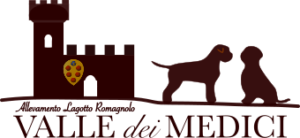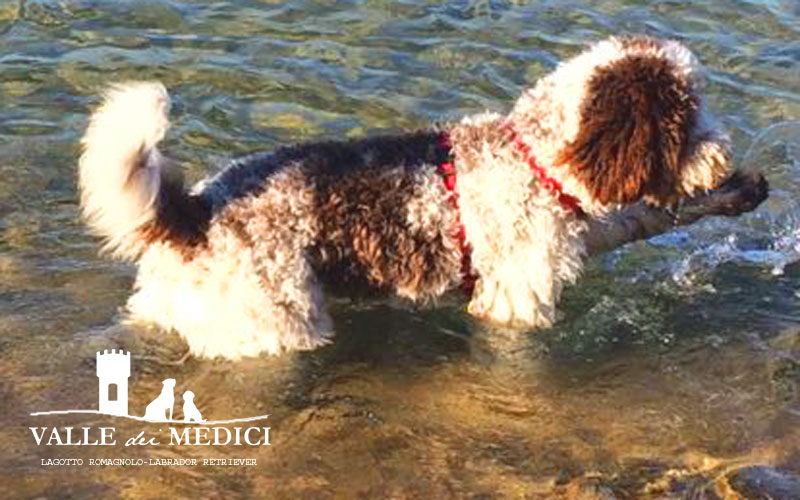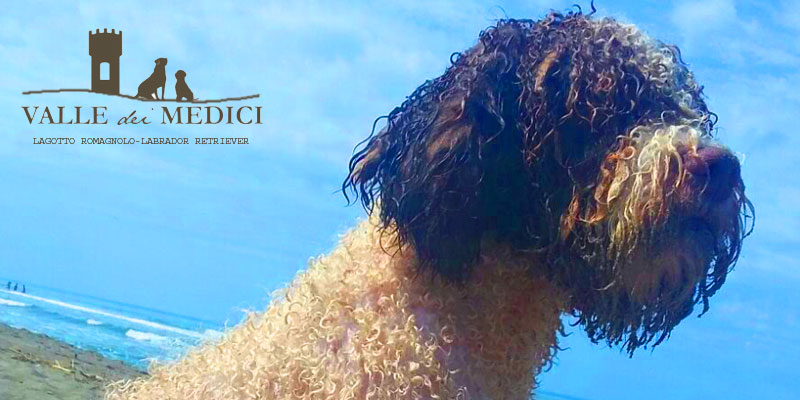Selected Reproduction for Lagotto Romagnolo
The selected breeding is an official certificate with which it is certified that the puppies are born from controlled parents.
The puppies born in selected breeding have a special red pedigree.
ENCI with the special pedigree rewards the quality control of the puppy for the greater guarantees and information provided to the buyer of the puppy.
This is how the selected breeding is accessed.
The parents undergo morphological evaluation in exhibitions.
These are the exhibitions of beauty. Real morphological examinations of respect to the breed standard.
The judgements are expressed in:
NG= Not judged SQ= Disqualified INS= Insufficient SUFF= Sufficient B = Good MB= Very Good ECC= Excellent
In the Lagotto Romagnolo, in order to have access to selected breeding, the dog must reach a qualification of MB in the Meeting or Special.
The parents are subjected to special tests to evaluate attitudinal and character aspects.
For the Lagotto Romagnolo these are the truffle hunting trials. The dog’s working aptitude and character are tested.
In order to be eligible for selected breeding, the dog must attain a qualification of MB in work trials.
The parents undergo diagnostic checks to assess health aspects.
The requirement for access to Selected Reproduction is hip dysplasia of the Lagotto Romagnolo.
Only dogs with degree of dysplasia A, B, C are admitted.
The parents must make the DNA deposit.
Regardless of the selected breeding, all serious breeders perform genetic tests on the breeding stock. At this stage the biological sample is also deposited.
Only after having carried out the health checks and having passed the work and beauty tests, the breeder is recognised as a Selected Breeder!!!!
Ordinary Reproduction
In ordinary breeding, there are no morphological, aptitude or health control requirements.
The puppies born in ordinary breeding will have a pedigree certifying the origin of the dog. It is issued to all puppies whose parents are in possession of a pedigree.
The pedigree in ordinary breeding attests the breed membership and traces the family tree.
The seriousness of the individual breeders and their commitment to selection can make all the difference to the quality of the puppies. Even if it is not officially certified and recognised by ENCI.
The controls that attest to the quality of Lagotto Romagnolo puppies:
- The genetic examinations JE, LSD and Furnishing
- Radiographic control of the degree of dysplasia of the elbow as well as of the hips.
Checks that should always be done. Even if the procedure for recognition as a Selected Reproducer is not started. Even if not required for access to Selected Reproduction.
When we talk about health, Selected Reproduction sets out the requirements to be followed in order to breed, a benchmark to be passed.


